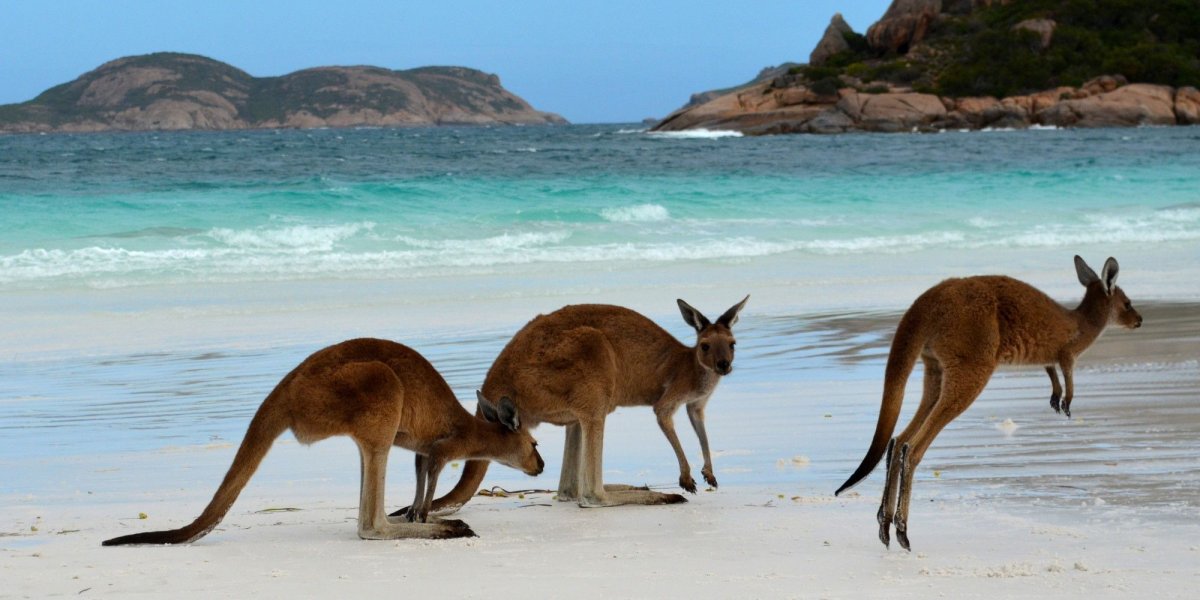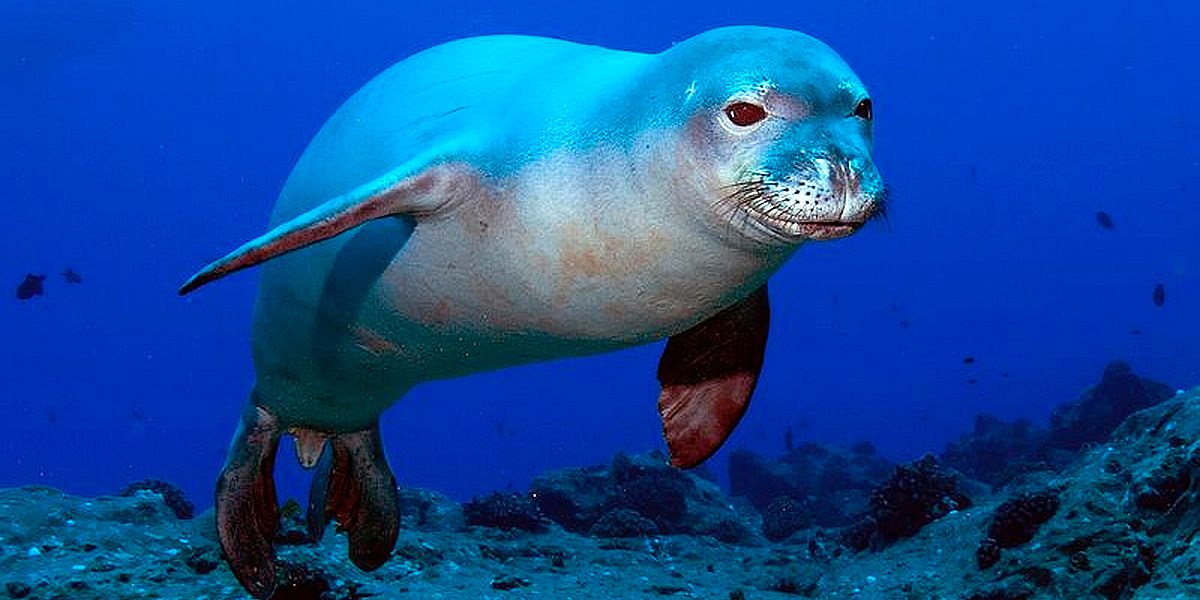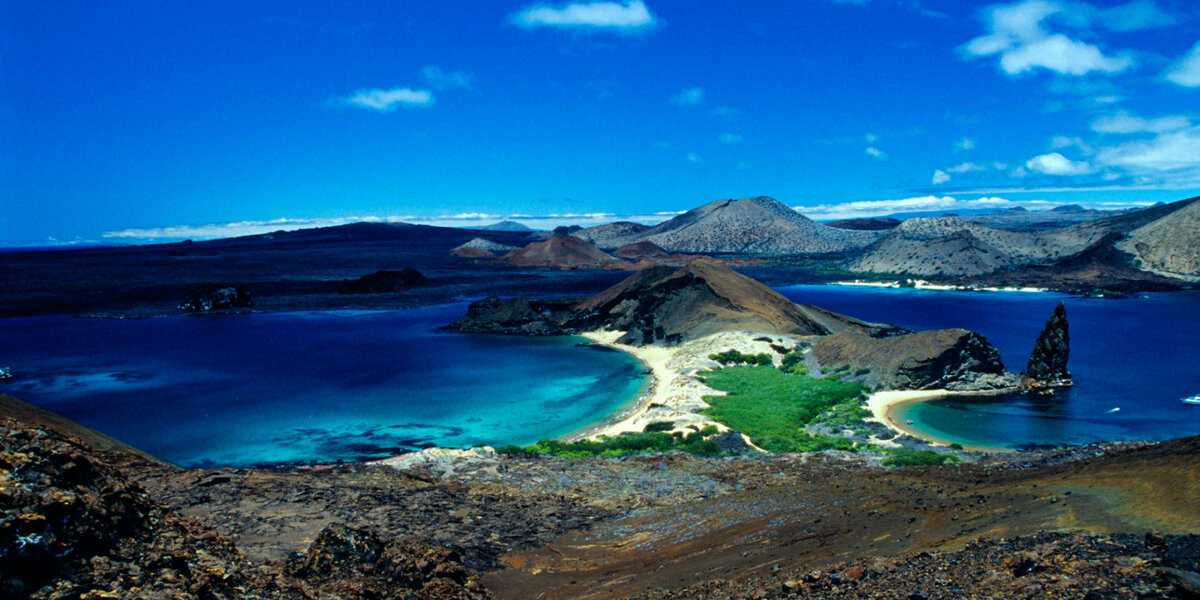- 3 June 2024
- 18
Amazing Animals Living in Islands

Islands, those isolated havens surrounded by vast expanses of water, are home to some of the most extraordinary creatures like amazing animals on Earth. From tiny islets to sprawling archipelagos, these landmasses host a diverse array of wildlife that has adapted uniquely to their insular environments. In this article, we’ll explore ten amazing animals that call islands their home, showcasing the remarkable biodiversity found in these remote habitats.

1. Galápagos Giant Tortoise
One of the most iconic inhabitants of the Galápagos Islands, the Galápagos Giant Tortoise, is a true giant among reptiles. These gentle giants can weigh up to 900 pounds and live for over a century, making them a symbol of longevity and resilience in the animal kingdom. Their impressive size and slow, lumbering gait epitomize the relaxed pace of life on these remote Pacific islands.
2. Komodo Dragon
Found only on a handful of Indonesian islands, the Komodo Dragon is the world’s largest lizard and a formidable predator. With sharp claws, powerful jaws, and a venomous bite, these creatures reign supreme in their island habitat. Despite their fearsome reputation, Komodo Dragons play a crucial role in maintaining the ecological balance of their environment.
3. Lemurs of Madagascar
Madagascar, often referred to as the “eighth continent,” is a biodiversity hotspot teeming with unique flora and fauna found nowhere else on Earth. Among its most famous inhabitants are the lemurs, a diverse group of primates ranging from the tiny mouse lemur to the charismatic ring-tailed lemur. These agile creatures have adapted to various niches across the island, showcasing the wonders of evolution in isolation.
4. Galápagos Marine Iguana
Another marvel from the Galápagos Islands, the Galápagos Marine Iguana is the only iguana species that forages in the sea. These remarkable reptiles have evolved specialized traits to thrive in their coastal habitat, such as flattened tails for swimming and salt glands to expel excess salt from their bodies. Their unique adaptation to marine life makes them a prime example of island-endemic species.
5. Kiwi of New Zealand
The kiwi, a flightless bird native to New Zealand, is a beloved icon of the country’s fauna. With its distinctive beak, keen sense of smell, and nocturnal habits, the kiwi is well-suited to its forested island home. Despite its popularity, this unique bird faces threats from habitat loss and introduced predators, highlighting the importance of conservation efforts to protect island wildlife.
6. Galápagos Penguin
Yes, another marvel from the Galápagos! The Galápagos Penguin is one of the world’s rarest penguin species, found exclusively on the islands’ western shores. Unlike their Antarctic cousins, these penguins have adapted to warmer climates, relying on cold ocean currents to regulate their body temperature. Their presence is a testament to the remarkable adaptability of island-dwelling species.
7. Tasmanian Devil
Endemic to the Australian island state of Tasmania, the Tasmanian Devil is a carnivorous marsupial known for its fierce temperament and spine-chilling screeches. Despite its small size, this iconic animal plays a vital role in the island’s ecosystem as a scavenger and predator, helping to control populations of invasive species.
8. Galápagos Fur Seal
Yes, you guessed it – another Galápagos resident! The Galápagos Fur Seal is a charismatic marine mammal known for its thick fur and playful demeanor. Once hunted to the brink of extinction, these seals have made a remarkable comeback thanks to conservation efforts aimed at protecting their island habitat.
9. Tarsiers of Southeast Asia
Found on various islands across Southeast Asia, tarsiers are small primates known for their large eyes and unique hunting skills. These nocturnal creatures are perfectly adapted to their forested habitats, where they use their acute hearing and agile movements to catch insects and small vertebrates.
10. Galápagos Hawk
Rounding off our list is yet another Galápagos native – the Galápagos Hawk. As the islands’ only bird of prey, these raptors play a crucial role in regulating populations of smaller animals. With their keen eyesight and powerful talons, Galápagos Hawks are apex predators in their island ecosystem.

In conclusion, the world of island wildlife is filled with amazing animals, each showcasing the remarkable adaptations and biodiversity found in these unique habitats. From giant tortoises to tiny tarsiers, these creatures have thrived in isolation, shaping the ecosystems of their island homes. As stewards of the planet, it’s our responsibility to protect and preserve these incredible species for future generations to marvel at and enjoy.

